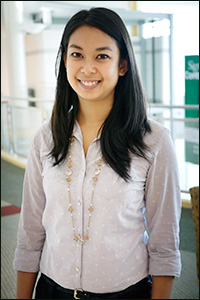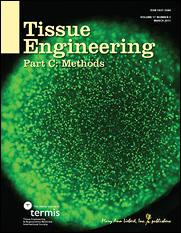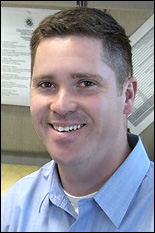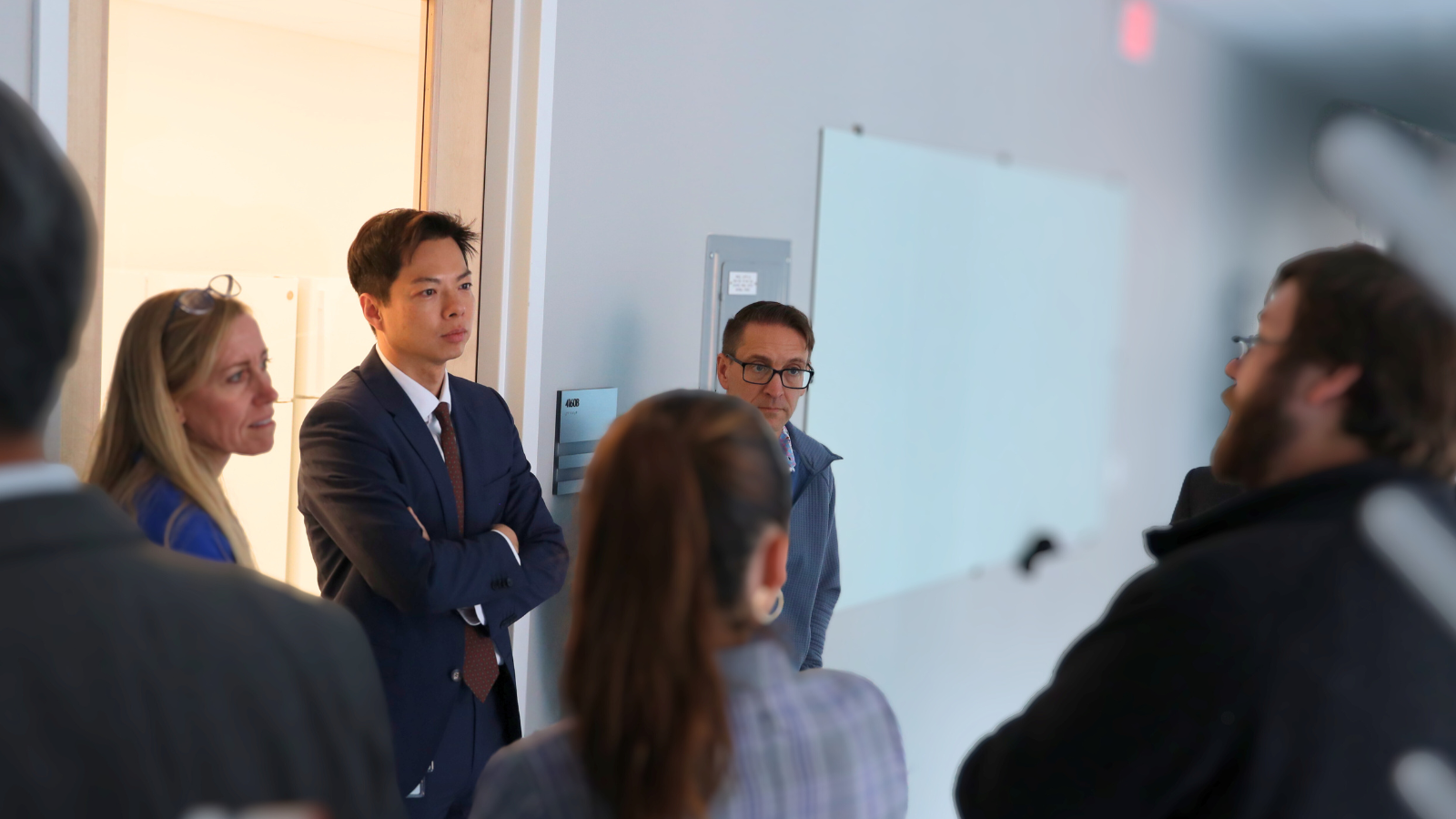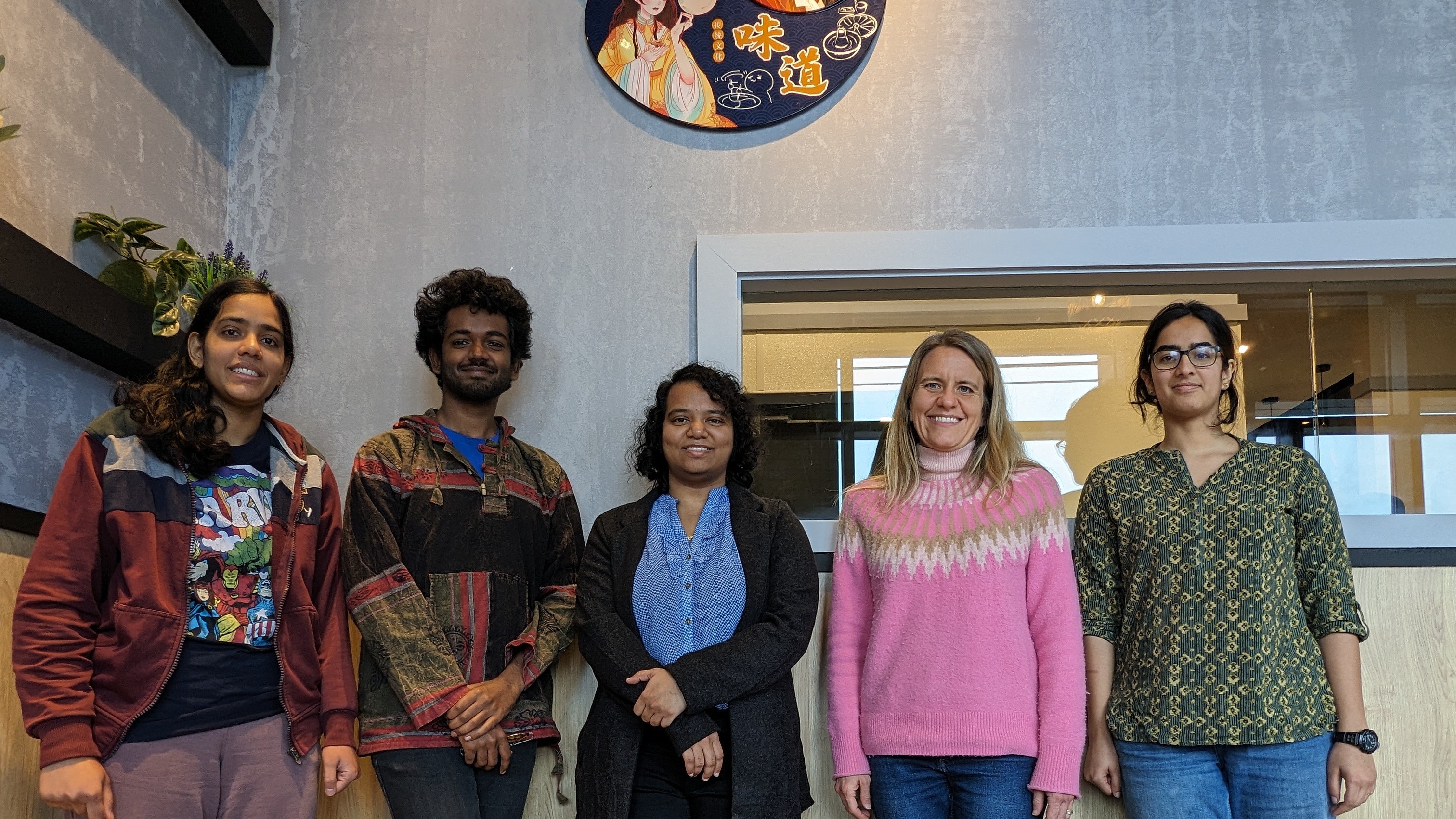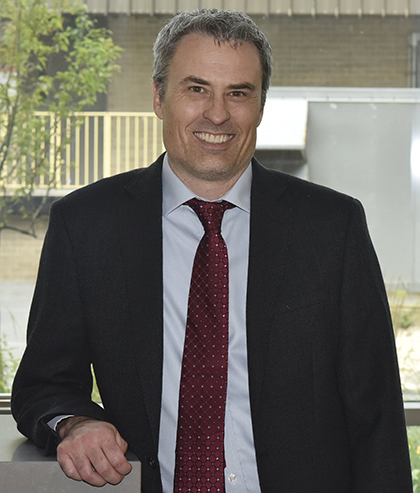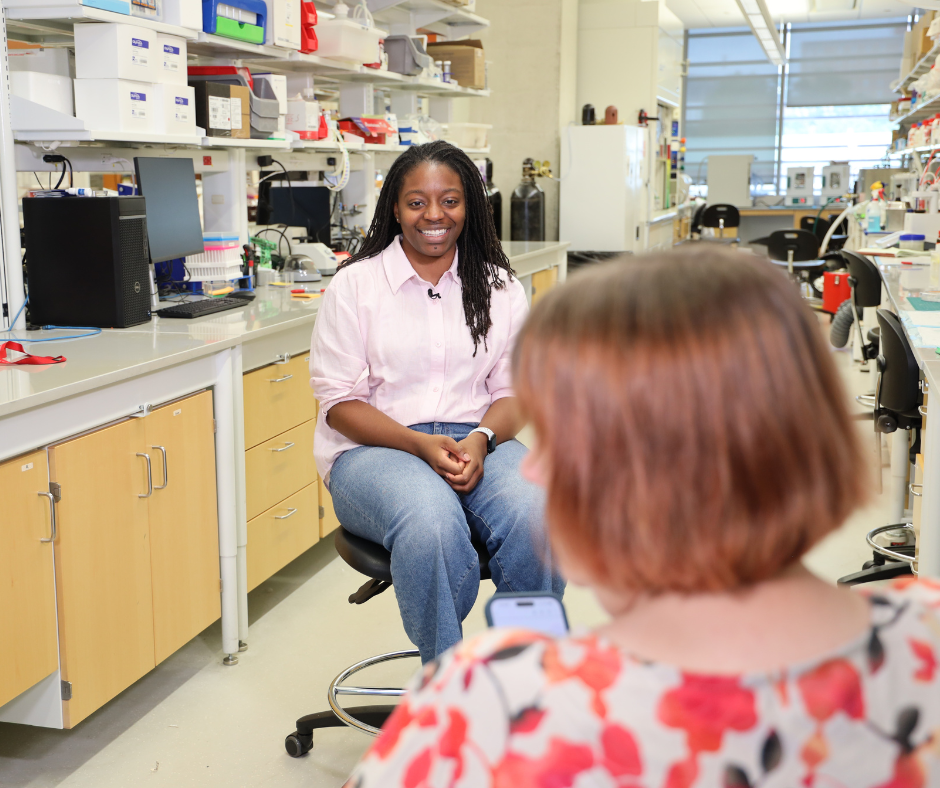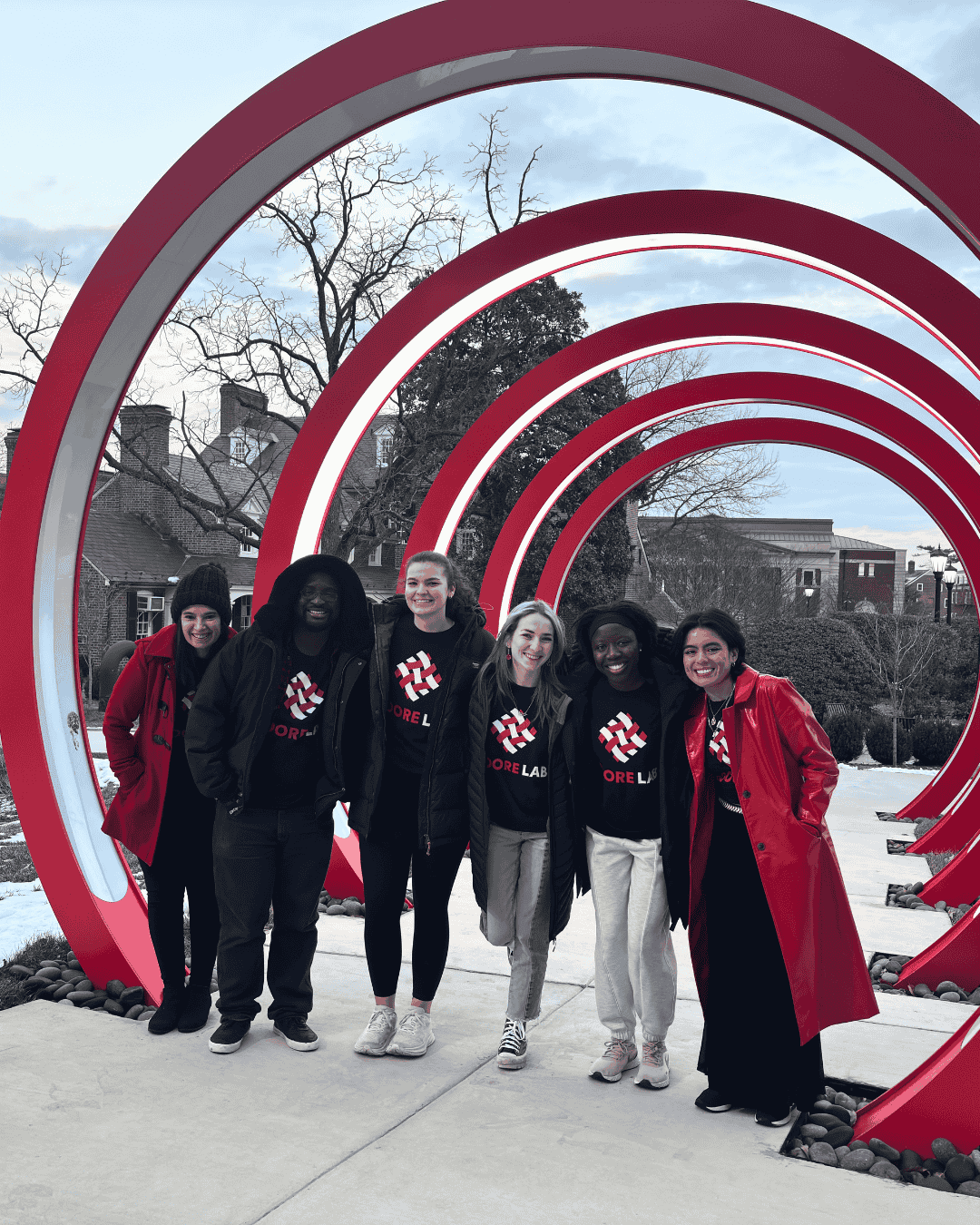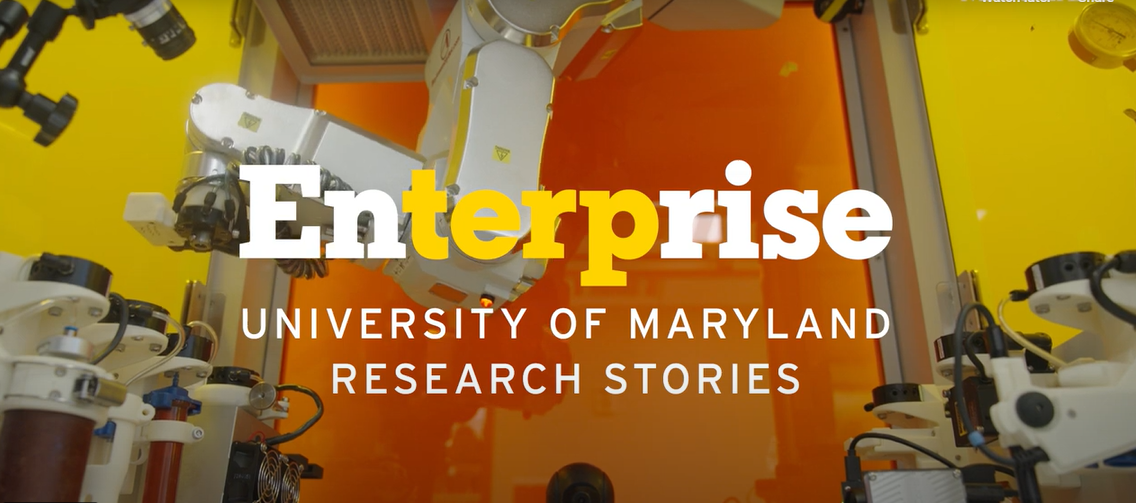News Story
Yeatts Takes 2nd in Dean's Doctoral Research Award Competition
Graduate student Andrew Yeatts, advised by Fischell Department of Bioengineering (BioE) associate professor John Fisher, was awarded second place in the 2012 Dean's Doctoral Research Award Competition. Only one dissertation from each of the Clark School's eight departments per year is submitted to the contest, which honors the best examples of high quality engineering research.
Yeatts' dissertation, "Tubular Perfusion System Bioreactor for the Dynamic Culture of Human Mesenchymal Stem Cells," presented a more effective strategy for the treatment of traumatic bone injuries caused by incidents such as car accidents, combat, or the removal of a tumor. These injuries, in which the destruction or loss of bone is substantial, often fail to heal properly or with acceptable cosmetic results.
Human mesenchymal stem cells, which can be extracted from a patient's own bone marrow, offer a promising treatment option because they can be cultured, differentiated into bone or cartilage cells, and then implanted at the injury site. There, they will continue to grow, filling in large gaps and complicated fractures. Current methods of culturing large quantities cells for transplantation, however, are limited due to the difficulty of ensuring all cells receive the nutrients they need to survive and multiply until they are ready to be returned to the body.
Working with Fisher in the Tissue Engineering & Biomaterials Laboratory, Yeatts designed a unique new bioreactor, called the tubular perfusion system (TPS). The device pumps nutrient-rich media through tightly packed beads of alginate scaffolds, which act as a supportive environment for the stem cells. The system, which is easy to assemble and customize using affordable off-the-shelf components, was shown to enhance stem cell survival, proliferation, and development into osteoblasts (bone cells).
In the second part of his dissertation, Yeatts demonstrated how the alginate scaffolds from the reactor, now filled with healthy new bone cells, could be combined with others into a single large bone graft, an accomplishment he describes as a critical area of importance for regenerative medicine.
Other sections of his dissertation demonstrated the bioreactor could be paired with a new synthetic, porous scaffold material, which resulted in an even more successful cell culture; and presented the results of an in vivo study proving significant increases in bone formation when either type of scaffold is used.
"The new bioreactor system greatly improves stem cell growth and differentiation for the creation of bone grafts," says Yeatts. "Through this work, we've developed a groundbreaking regenerative medicine approach to heal large bone defects."
Published May 22, 2012
